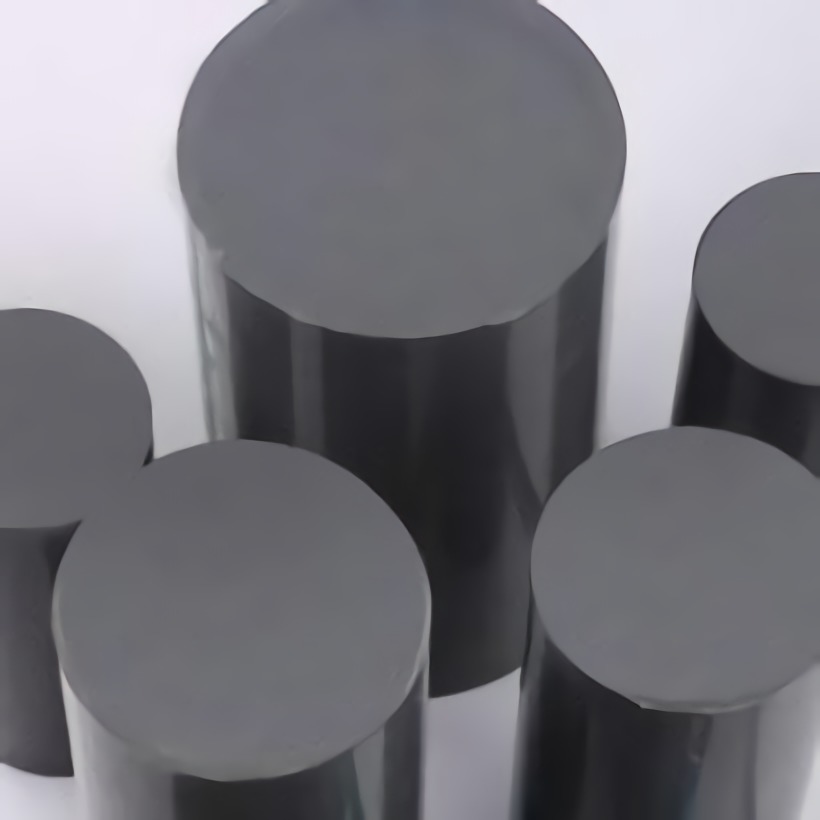okt . 30, 2024 20:25 Back to list
ppr cold water pipe
Understanding PPR Cold Water Pipes Benefits and Applications
PPR (Polypropylene Random Copolymer) pipes have gained significant popularity in plumbing and construction applications, particularly for cold water systems. Known for their durability and resistance to corrosion, PPR pipes offer an array of advantages that make them a preferred choice among contractors and homeowners alike.
Composition and Properties
PPR pipes are made from a thermoplastic polymer that is lightweight, flexible, and strong. Due to their random copolymer structure, they exhibit excellent physical characteristics, such as high impact resistance and the ability to withstand harsh environmental conditions. Unlike traditional metal pipes, PPR does not corrode over time, which minimizes the risk of leaks and extends the lifespan of the plumbing system.
Benefits of PPR Cold Water Pipes
One of the primary benefits of using PPR for cold water applications is its impressive resistance to temperature fluctuations. PPR pipes can handle temperatures from -20°C to 95°C (-4°F to 203°F), making them suitable for various applications, even in regions with extreme climates. Furthermore, PPR pipes boast low thermal conductivity, meaning they can maintain the temperature of cold water without significant heat loss.
Another significant advantage is the ease of installation. PPR pipes are lightweight compared to metal options, which facilitates transportation and handling. They can be welded together using a simple heat fusion method, creating strong, seamless joints that reduce the likelihood of leaks. This method also allows for flexibility in design, as PPR pipes can be molded into various shapes and sizes to fit different plumbing systems.
ppr cold water pipe

PPR pipes are also eco-friendly. Made from recyclable materials, they contribute less waste to landfills compared to traditional piping options. Additionally, their long lifespan and low maintenance requirements make them a sustainable choice for new construction and renovation projects.
Applications of PPR Cold Water Pipes
The versatility of PPR cold water pipes lends them to numerous applications. They are commonly used in residential plumbing systems for drinking water supply, where hygiene and reliability are of utmost importance. Additionally, PPR pipes serve efficiently in irrigation systems, industrial applications, and even in swimming pool installations due to their resistance to chemicals and UV radiation.
Moreover, PPR pipes have found their place in commercial buildings for heating, cooling, and fire protection systems. Their ability to resist scaling and build-up further enhances their efficacy in regulating temperature and maintaining water quality.
Conclusion
In conclusion, PPR cold water pipes offer an exceptional solution for modern plumbing needs. Their robust properties, coupled with ease of installation and environmental benefits, position them as an ideal choice for a wide array of applications. Whether for residential, commercial, or industrial use, investing in PPR cold water pipes can lead to improved efficiency, longevity, and cost-effectiveness in plumbing systems. As building practices continue to evolve, the demand for innovative materials like PPR will undoubtedly grow, setting new standards for quality and sustainability in the industry.
-
PVC Transparent Sheet Roll - Durable & Flexible PVC Plastic Sheet Roll for Industrial & Home Use
NewsJun.24,2025
-
High-Quality PVC PPR Pipes and Fittings Durable ERA PPR Solutions
NewsJun.10,2025
-
High-Quality Large HDPE Sheets & Large Diameter PVC Pipe Durable Large PVC Pipe Supplier
NewsJun.10,2025
-
High Density Polyethylene Cutting Board - Durable & Food Safe
NewsJun.09,2025
-
3 Inch PVC Pipe for Durable Irrigation Affordable & Reliable
NewsJun.09,2025
-
Premium PPR Plastic Water Pipe Fittings - Durable & Leak-Free
NewsJun.09,2025

